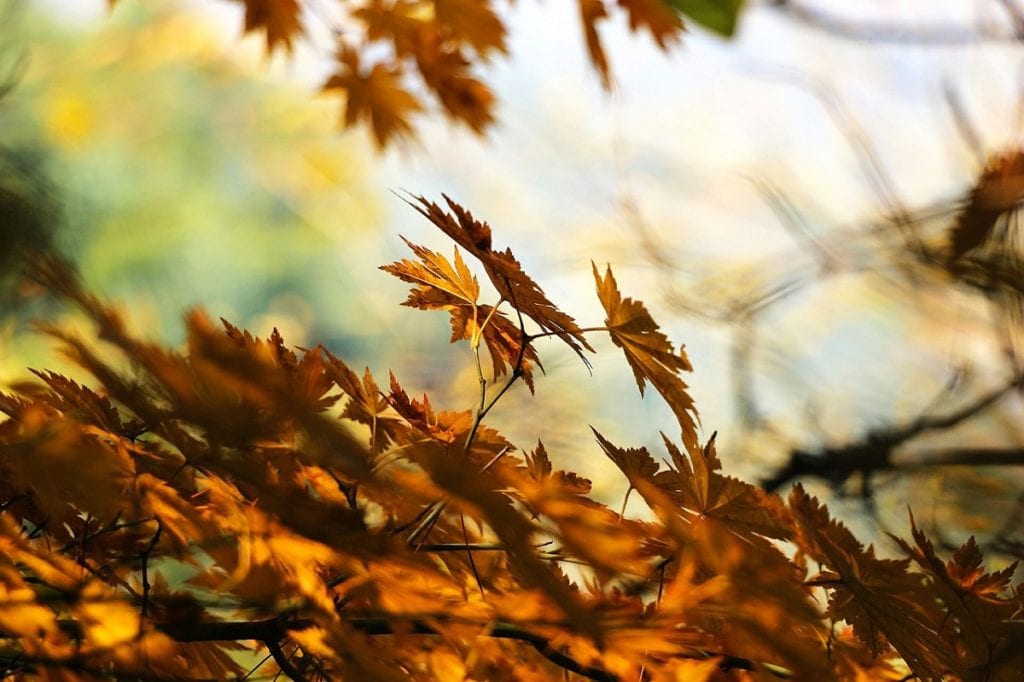
We all know what it’s like to spend a fall afternoon clearing the garden of leaves. You stuff them into bags and put the bags out on the curb. There they sit there until it’s time to send them off to the landfill. Here are five ways to use leaves in your garden to increase productivity.

Using Leaves in Your Garden
Contents
The key to using leaves in your garden is to shred them first. You can do that with a mulching lawnmower or a leaf vacuum mulcher.
If you don’t shred leaves, they will not break down over the winter. You will have to rake them all up to come spring.
Below are five ways to use leaves in your garden to increase productivity.

1. Use Leaves to Amend Your Soil
Mix the shredded leaves right into your garden soil. Leaves are a rich source of calcium, magnesium, phosphorus, potassium, and trace minerals. The leaves of one large tree can yield as much as $50 worth of plant food and humus.
You can use the abundant organic matter in leaves to improve soil structure. For instance, leaf humus can lighten heavy clay soils. Leaves will also increase the moisture retention of dry sandy soils.
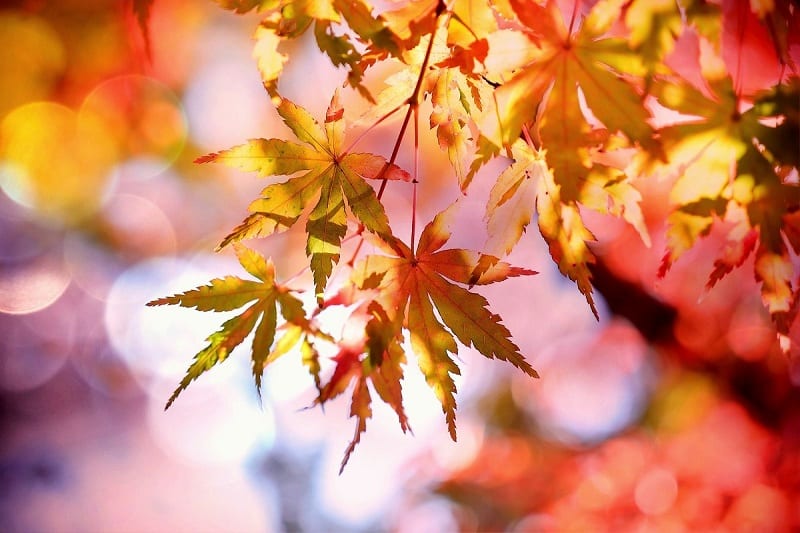
(Photo: Cocoparisienne/Pixabay)
2. Use Leaves for Composting
If you are not already composting, now is a good time to start. Rake or blow your leaves into loose piles or enclose them in bins.
If you want to speed up decomposition, mow over the leaves a few times with your lawnmower. You also use a leaf shredder or chipper.
Mix a shovelful of soil in each layer of leaves. Leaves are high in carbon but low in nitrogen so it helps to add a source of nitrogen like manure or grass clippings. This will feed the bacteria that break down the leaves.
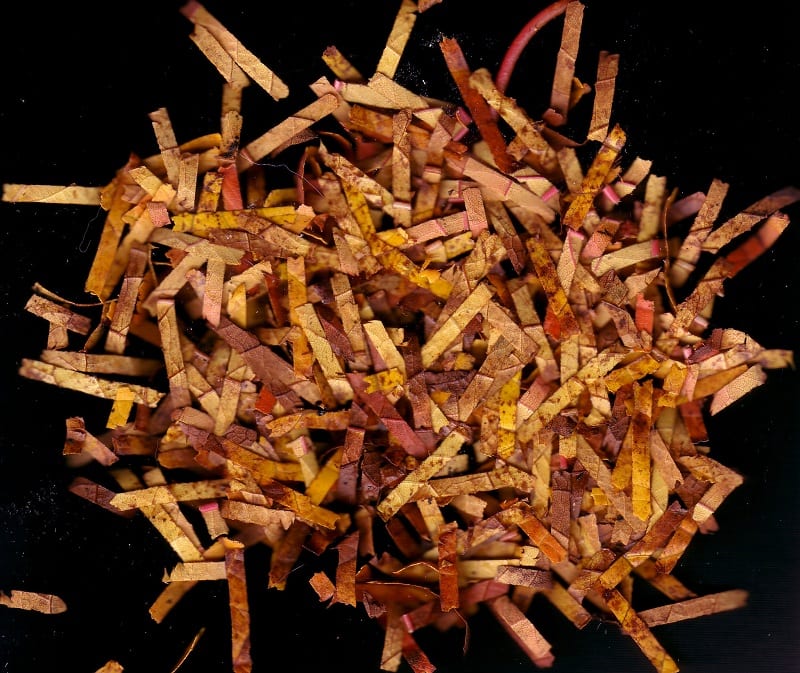
3. Use Leaves for Mulch
Shredded leaves make excellent mulch. “Just blow them into your flowerbeds and under trees and shrubs while mowing,” says Robin Sweetser for the Old Farmer’s Almanac.
You can also cover the beds in your vegetable garden with a layer of chopped leaves. That will keep the soil from washing away over the winter.
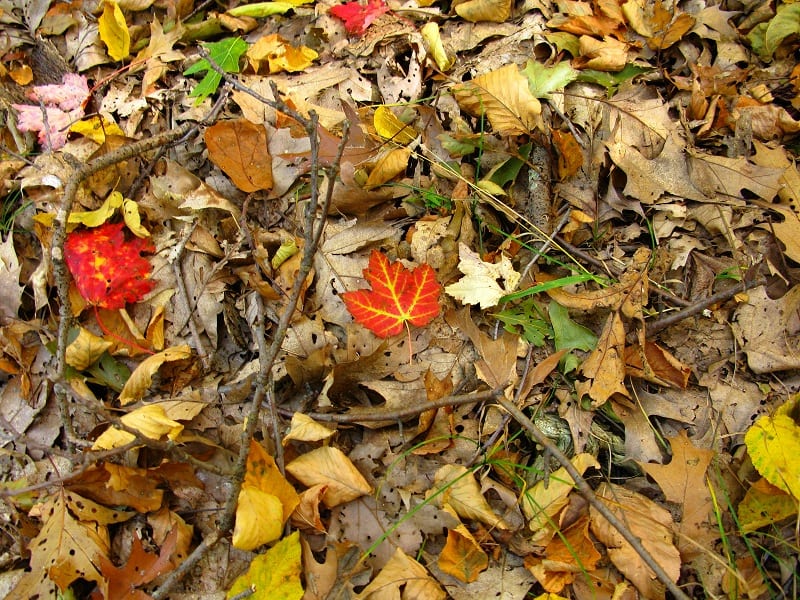
4. Enrich Your Soil with Leaves
Research shows that mowing leaves and leaving them on your lawn improves the soil, lessening the need for fertilizer in the spring.
Researchers from Michigan State University recommend setting your mower blade three inches high and mowing once a week while the leaves are falling.
As long as you don’t have excessive leaf cover, do not be concerned. The mowed leaves feed worms, fungi, and beneficial soil bacteria.

5. Insulate Tender Plants with Leaves
A blanket of leaves can protect tender plants from harsh winter weather. Again, of course, shredded leaves are better. Whole leaves tend to mat together and trap moisture.
Shredded leaves allow a fluffy, air-filled layer over your plants. Cover your carrots, kale, leeks, and beets with a six-inch layer of shredded leaves and you’ll harvest vegetables all winter!
This clever tip comes to us by way of Kathy LaLiberte of the Spruce.
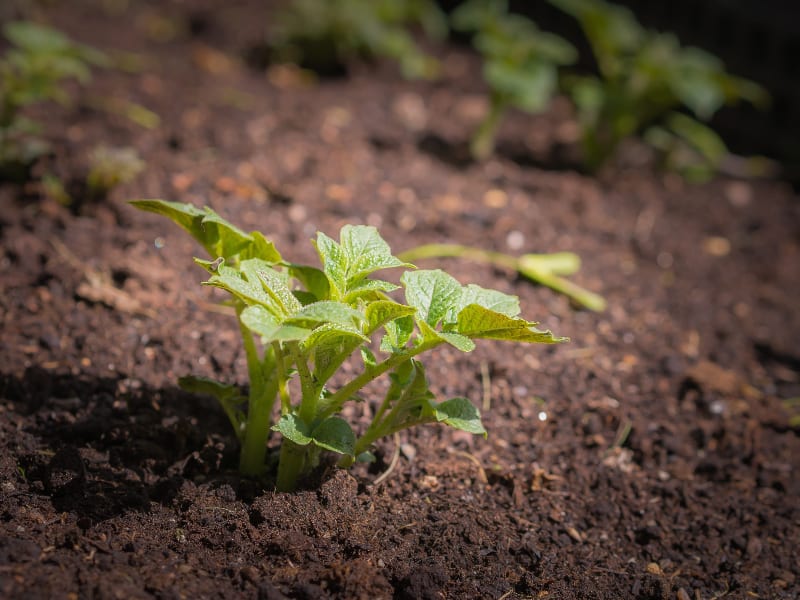
(Photo: Courtesy of Pisqels)
Your Garden’s Secret Ingredient
Having said all that, we should warn you that not all leaves are good for shredding. For instance, black walnut leaves a substance called juglone. The substance is toxic to most plants.
You should also avoid shredding leaves from a chemically treated lawn.
Many of us regard leaves as little more than trash. In the fall, we rake them up, bag them, and send them off to the rubbish pile. Often enough, we forget just how much they can help us create a healthier, more productive garden.
The fact is, you don’t need to look far for your garden’s secret ingredient.
They literally fall from trees!








